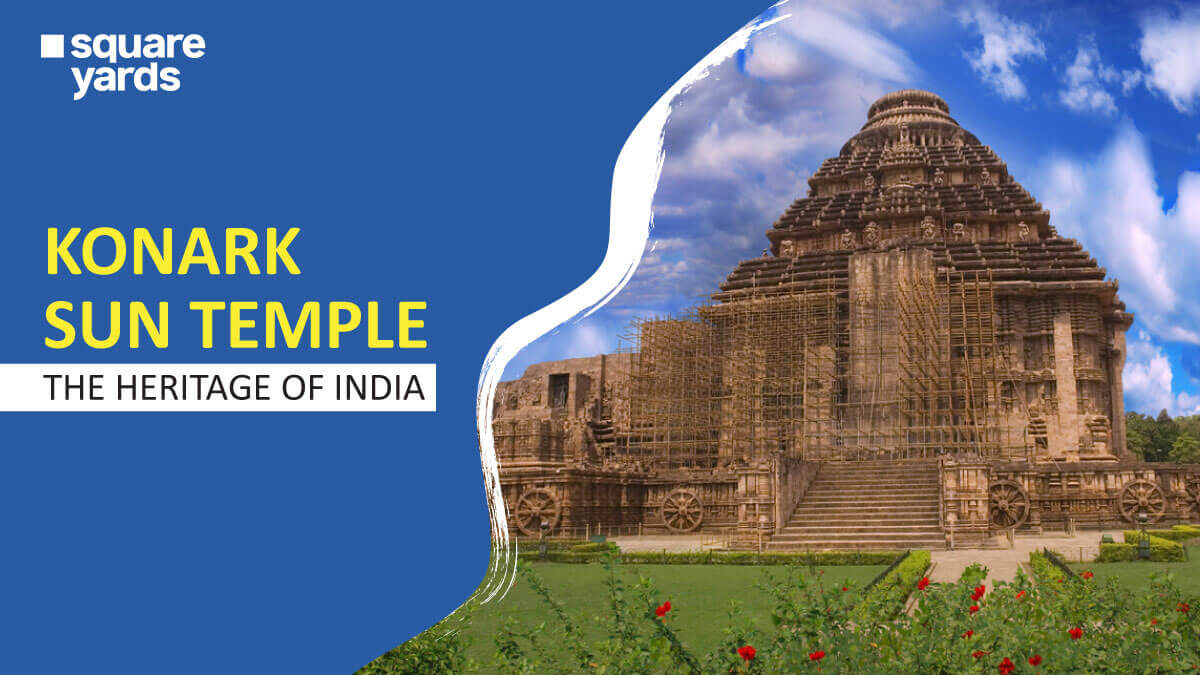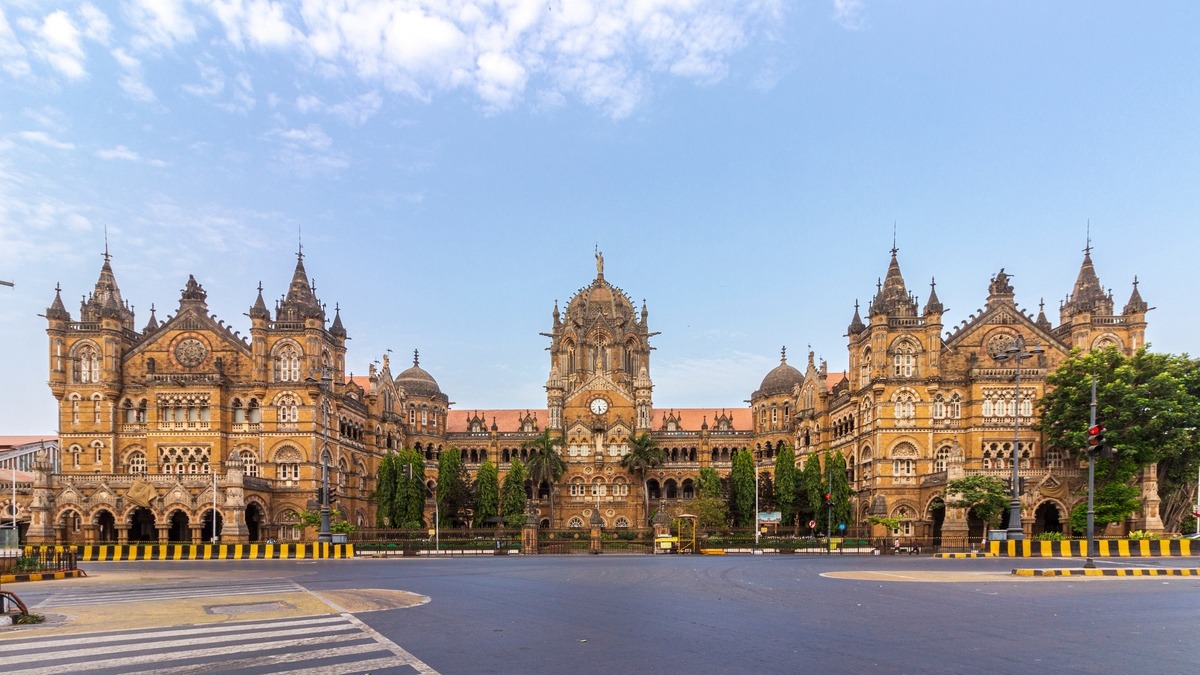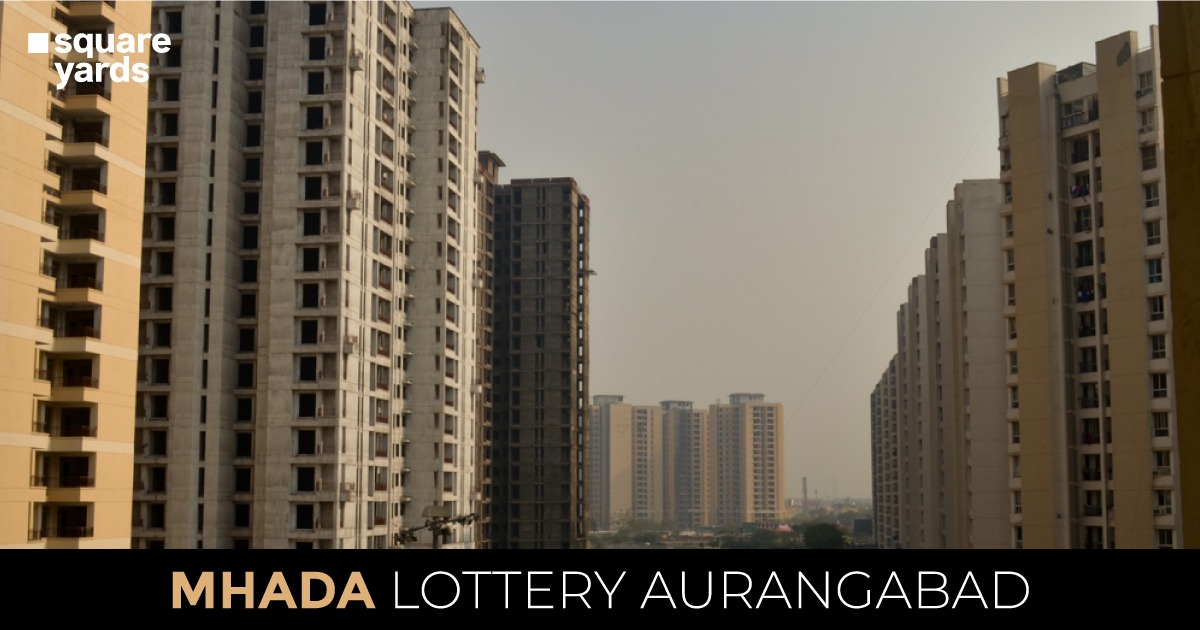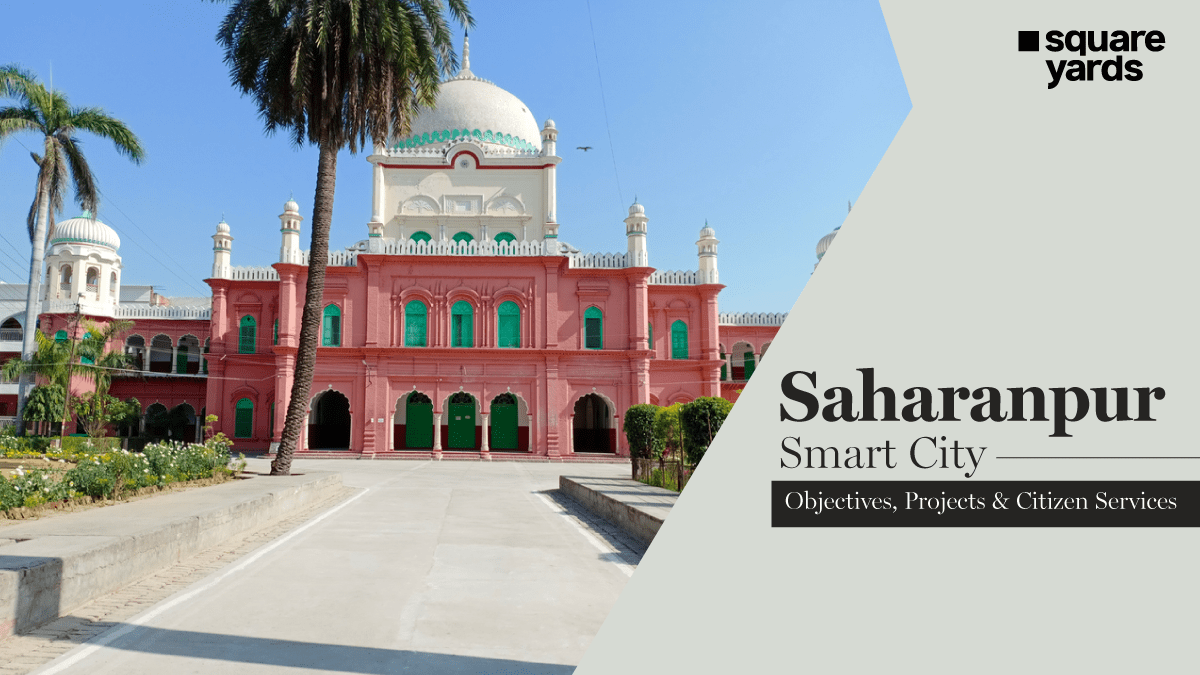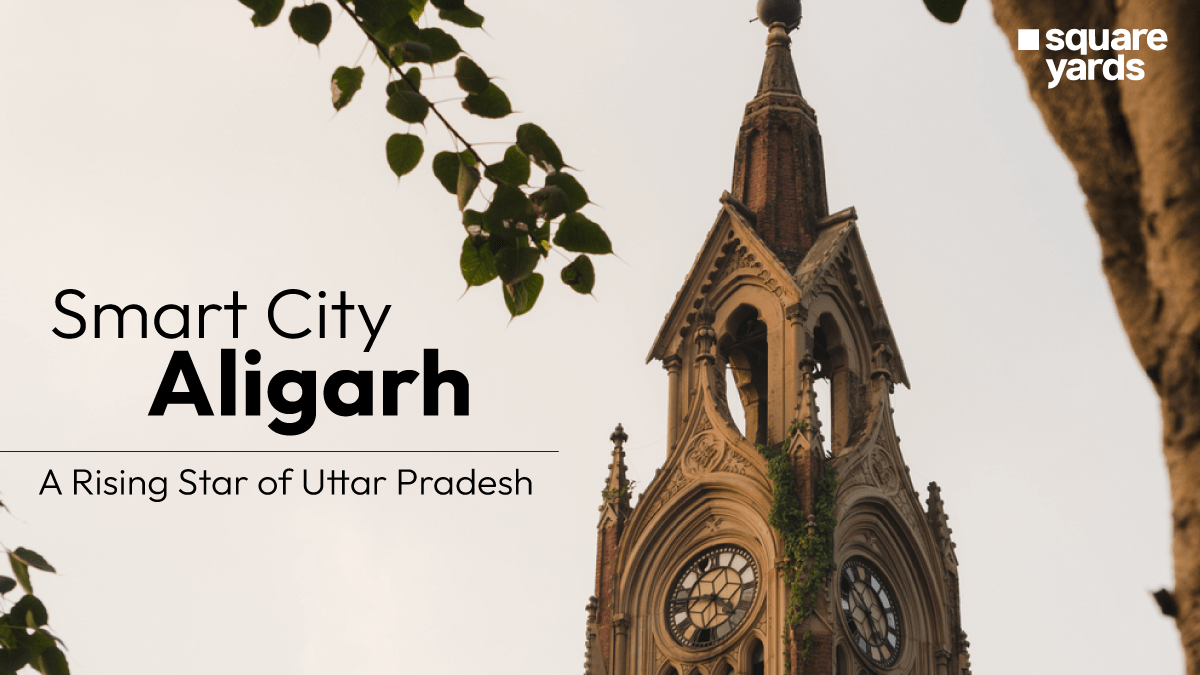Surya is the Hindu sun god, and the Konark Sun Temple is dedicated to him. The temple was established in the 13th century and is situated 35 km northeast of Puri city on the Puri district coastline of Orissa, India. King Narasimhadeva accredited the Konark mandir I of the Eastern Ganga dynasty around 1250 CE. In this old-world heritage shrine you will find all the elements of a Hindu temple as well as extensive iconography inside out. This beautiful temple is hidden more than it overlooks the city. Let’s revisit the past and experience its history, construction, decay, and restoration one by one?
What is the Konark Sun Temple?
Before moving into the past of the Konark temple’s history, let’s first overview a bit about this temple. Experiencing the grandeur and enormity of Orissa, people like to visit this historical Konark temple built by Narasimhadeva I. It is a must-visit if you travel to Orissa as it is a UNESCO World Heritage Site.
The name Konark is derived from combining two Sanskrit words, Kona (corner or angle) and Arka (the Sun). The Konark of Odisha forms a bilateral triangle with the Puri Jagannath temple and the Lingaraj temple of Bhubaneswar. Amongst all three temples, the Konark Odisha temple forms the Kona (corner) of the triangle. The Konark stands as a classic example of the old age Hindu temple architecture and represents the colossal structure, artwork on myriad themes, and sculptures that draw a lot of tourists from all over the world.
A Brief History of the Konark Sun Temple
The history of Konark Sun Temple takes you back to the 19th century BC. The angle of the temple defines its name, from where the sun rises. This sun temple is located in the historical place of Kalinga, which includes significant areas of Orissa and different parts of Chattisgarh, West Bengal, and Andhra Pradesh, which was ruled by the Eastern Dynasty kingdom from the 5th to 15th century AD. It is amongst the most intense dynasties of India, initiating the existence of majestic temples like Puri Jagannath Temple and Konark Temple.
The Konark temple was constructed by King Narasimhadeva I in 1244 to worship Surya, the sun god of the Hindus. The place Konark was selected to build the sun temple, as the site is considered a holy seat based on various ancient texts.
What are the Konark Wheels of Sun Temple?
The Konark Sun Temple is located on the Chandrabhaga river. The world heritage site is also known as the Black Pagoda because it was made of black granite stones. It is an enormous erotic sculpture which is demonstrating several couples making love in different postures. Also, the time wheels engraved in stones are depict the hours of the day as the sun changes positions.
Many beautiful images inscribed on the walls, roof, and time wheel of the temple attract tourists to this ancient worship site. It is a unique temple that boldly depicts the man-woman relationship as a part of life. The romantic couples and women are beautifully carved on the stones of the 12 richly adorned pairs of wheels. This evergreen beauty is located at the temple’s base, which never fails to attract the visitor’s attention.
Besides the art on the stone, what’s unique about these big ornate wheels is that they tell us the time of the day. The wheel’s radius creates the sundial with the spokes, and each wheel has eight thinner spokes and eight wider spokes. Out of all 24 wheels, six are on either side of the main Konark temple, two wheels are on the eastern front, and four wheels are on either side of the Mukhasala.
You can calculate the exact time of the day by looking at the shadows cast by the spokes of the Konark wheels. As per the Konark sun temple information, it is believed that the Konark wheels also represent the zodiac signs. Some researchers claimed that the wheels at Konark Surya temple are the same as the Dharmachakra of Buddhists, the Wheel of Karma or the Wheel of the Law.
The Architecture and Design of the Konark Sun Temple
The Konark Sun Temple architecture displays the peculiar style of Kalinga and Orissa, which is a reflection of the Nagara style of Hindu temple architecture. Nagara is one of the three styles of Hindu temple architecture.
The Konark temple beautifully characterises Nagara-style architecture with a square ground plan and a sanctuary and assembly hall (mandapa). A big curvilinear tower is known as a shikhara at the peak, inclining inwards and capped.
The Konark sun temple is entirely built of stone with 12 pairs of lavishly-ornamented wheels in the form of a colossal chariot. Seven richly-caparisoned, galloping horses draw the stones.
The Konark Sun Temple architecture depicts the Hindu beliefs that have invariably become part of the antique artistic creation associated with the sun god in India, along with 12 wheels that represent the 12 months of the year.
Characteristics of the Konark Sun Temple
Construction of Konark Mandir
In the Konark sun temple images, you can see that three kinds of stone were used to construct the temple: laterite, chlorite, and khondalite. The temple was built with Khondalite, whereas the chlorite was restricted to sculptures and door frames, and laterite was used in the foundation. None of these stones was available in Orissa, so they were brought from far away. The finishing and fitting were done so smoothly that the joints couldn’t be seen.
Decay of Konark Temple
Despite the decay of the temple over the centuries, the beauty and charm of the temple are still incredible. The Konark Sun Temple crumbled gradually by utilising the poor quality Khondalite stone.
The Islamic invaders initiated the decay of the Konark Surya mandir. The present Konark sun temple images depict the decay. Thus, it hasn’t been found what size or shape. The loss of divinity caused the temple to be overlooked, causing the decay.
Restoration of Konark Surya mandir
The Konark temple was in ruins before its restoration. According to early theories, the temple collapsed during its construction. But it is contradicted by the textual inscription evidenced by the Kenduli copper, which states that the Konark temple was completed and an active site of sun worship.
Following many inscriptions, some state that the temple was intentionally damaged, whereas some believe it was a natural cause. As per the theory of James Fergusson, the Scottish historian, who visited the Konark temple in 1837, the height of the still-standing portion of the temple was 42.67 metres and 45.72 meters. According to him, some sculptures were removed to decorate the king’s fort temple.
Restoration and conservation work began in earnest in 1900 CE when post governor John Woodburn launched a campaign to save the temple at any cost by taking appropriate measures. As per the Archaeological Survey of India, the Konark Sun Temple was found conserving and maintaining the site to keep the historical charm intact of this ancient beauty of Hindu temples.
Cultural Touchstone of Konark Surya temple
Today, this historical worshipping site isn’t just renowned among tourists but serves as a cultural festival and classical dance performance venue. The cultural relevance of the Konark Sun Temple is depicted on the reverse side of the Indian currency note of 10 rupees to portray its importance to Indian cultural heritage. Amongst 32 world heritage sites in India, Konark Sun Temple was declared a cultural heritage site by UNESCO in 1984.
You may also like:-
Wrapping it Up
Ganga dynasty king Narasimha Deva built the Konark temple to worship the Hindu god Sun. The temple was constructed and designed in a unique Nagara Hindu temple architectural style with different stones. The Konark temple’s history details its importance from construction and decay to its restoration and present cultural relevance among the tourists. The Konark Sun Temple is an immense cultural heritage of India which still defines its name and is built. Hence, you must not skip visiting this heritage site when planning your visit to Orissa, and it is better to learn about its history in advance to relate it when you pay a visit to Konark Sun Temple.
FAQs
Why is Konark Sun Temple famous?
Konark Sun Temple is renowned for its unique architecture, structured in geometrical patterns with carved wheels used to operate as sundials.
What is inside the Konark Temple?
Hundreds of years after this 13th-century world heritage monument, the Konark Sun Temple, Odisha, is almost sand-filled.
Why is Konark Sun Temple not worshipped?
The Konark mandir is not worshipped because the king Narasmihadev had set a construction deadline for the temple, putting 1200 workers’ lives in trouble and the chief architect Bishu Maharana.
Who destroyed the Konark temple?
It is believed that the Konark Surya mandir was destroyed by the Kalapahad (a Muslim governor, Sultan Sulaiman Garrani), who invaded Orissa in the year 1508.


